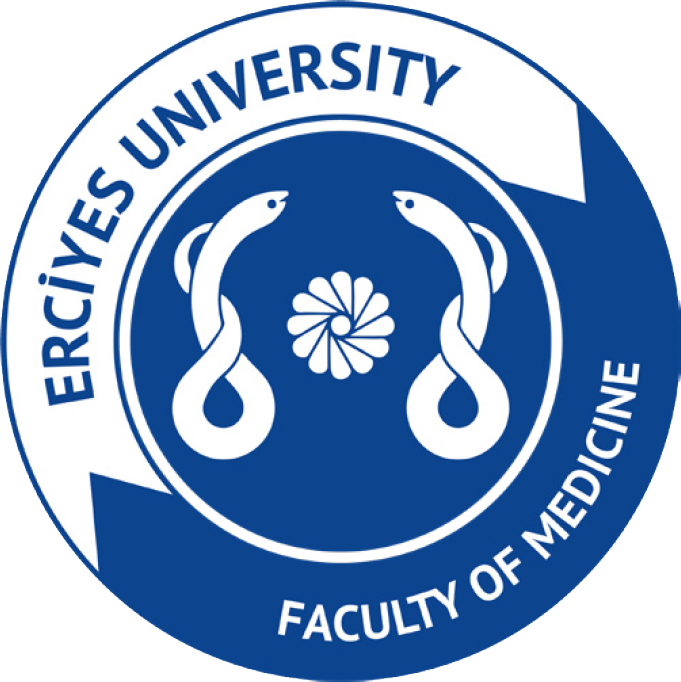2Department of History of Medicine and Ethics, Ankara University Faculty of Medicine, Ankara, Türkiye
Abstract
Background: This study aims to translate and present a chapter on “bathing and hammams” from Ibn Hubal al-Baghdādī’s 12th-century work Kitāb al-Mukhtārāt fī al-Ṭibb. The goal is to contribute this material to the literature on medical history and to evaluate it within the framework of medieval Islamic medicine.
Materials and Methods: The study is based on a manuscript copy of Kitāb al-Mukhtārāt fī al-Ṭibb preserved in the Süleymaniye Library, as well as a printed edition available at Ankara University. The relevant chapter was translated from Arabic into English by the authors and compared with contemporary sources addressing bathing and hammams.
Results: The section on bathing and hammams appears in the first volume of Kitāb al-Mukhtārāt fī al-Ṭibb, under the heading Faṣlun fī’l-istiḥmām ve’l-ḥammāmāt. It discusses the characteristics and use of the hammam, its relationship to digestion, associated benefits and risks, its application in relation to physical activity, the effects of bathing with hot and cold water, and important precautions.
Conclusion: Ibn Hubal’s discussion of bathing and hammams closely parallels that of Ibn Sīnā’s Kitāb al-Qānūn fī al-Ṭibb. His descriptions, however, are more clearly articulated and accessible than those in other comparable works, and they appear to align with the principles of humoral pathology theory, which was the dominant medical paradigm of the period.


